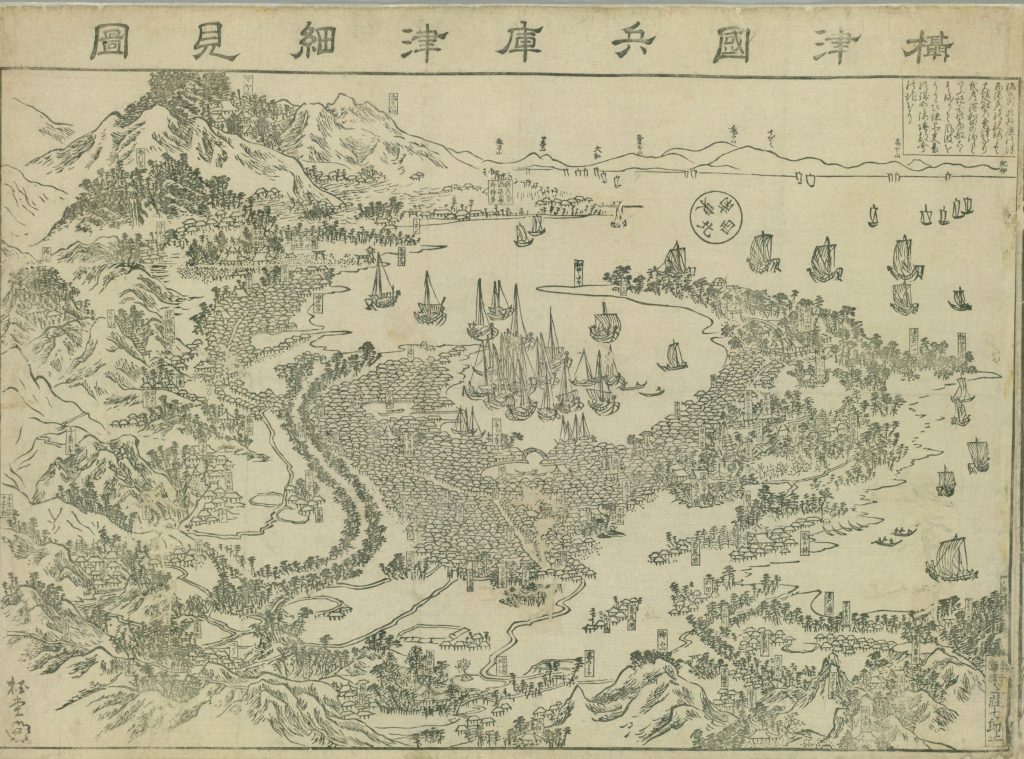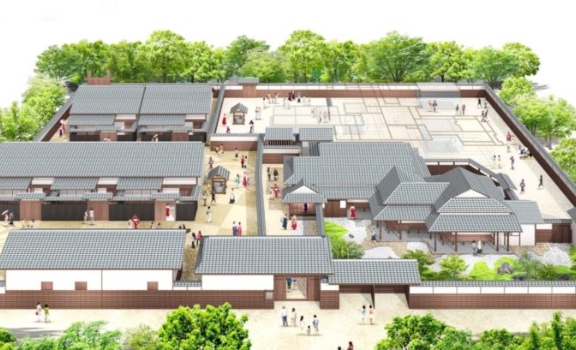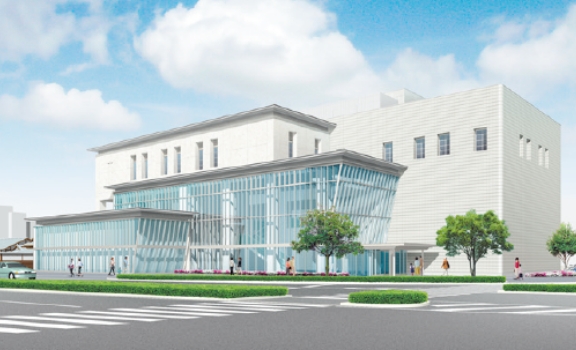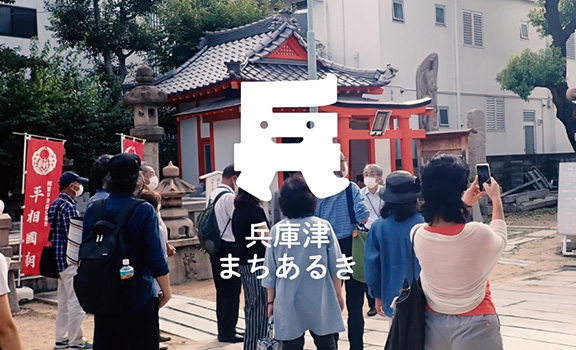Hyogotsu (the coastal area of Kobe City’s Hyogo Ward, the area around the Kobe Municipal Subway Kaigan Line “Chuoichiba-mae” station) was built by Taira no Kiyomori for the Japan-Song trade at the end of the Heian period, and Ashikaga Yoshimitsu’s day in the Muromachi period. It is a port that prospered as a base for Ming trade. It was originally known as Owada no Tomari, one of the five ports of Settsu (five ports from Settsu to Harima) developed by Gyoki.
Hyogo Tsu was located in the Seto Inland Sea, which has been used as a shipping route for a long time. It is.
Tsuneoki Ikeda, who attacked Araki Murashige who rebelled against Nobunaga Oda during the Azuchi-Momoyama period and dropped Hanakuma Castle, was given the territory of Murashige due to his achievements, but Tsuneoki did not enter Hanakuma Castle. , Build Hyogo Castle in Hyogo Tsu, which is closer to the sea. In the Edo period, this area became the territory of the Amagasaki Domain, and a camp was set up using the palace inside the castle. This area, which was a key point of land and sea along the Saigoku Kaido (Sanyo Expressway), later became a direct control area (Tenryo) of the Shogunate, and the Jinya was reduced to place the Hyogo office.
During the Edo period, Hyogo was a big city with a population of over 20,000. It is a distribution center for various goods carried by the Kitamaebune, and the wealthy merchants such as the Kitamaebune and Takadaya and the inventor Kuraku Matsuemon played an active role. It was also the accommodation for the Joseon Tongsinsa and the director of the Dutch trading house.
Hyogo Tsu, which was an important land and sea area, became a battleground many times and was damaged by a large earthquake. And every time, we have achieved reconstruction.
During the turbulent period at the end of the Edo period, after the opening of Hyogo (Kobe), the position as an international trading port was transferred to Kobe Port in the east, but after the Meiji era, Hyogo Tsu supported the modernization of Japan as an industrial base. Hyogo Tsu has continued to develop while overcoming the damage caused by the Pacific War and the Great Hanshin-Awaji Earthquake and changing its form with the changing times.
Historic sites that convey the multi-layered history to the present are scattered throughout the city.

“Settsu Kuni Hyogo Tsu Hosomizu” (late Edo period) Exhibit: National Diet Library website






 前の記事へ
前の記事へ